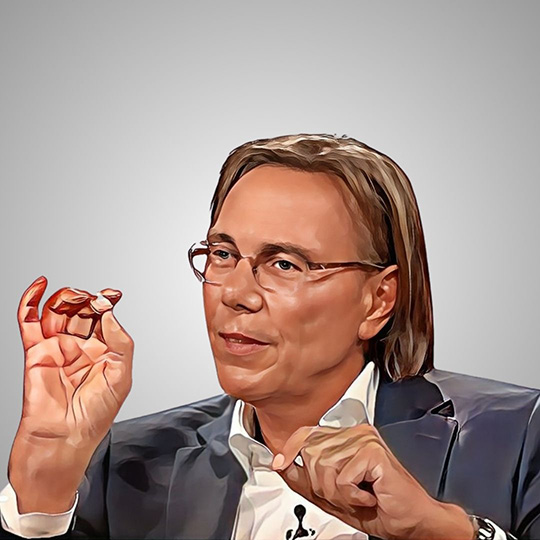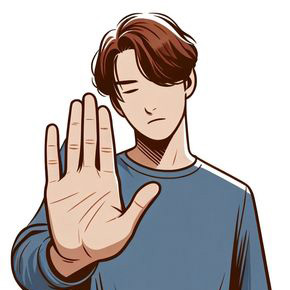The Ring Gesture: How Politicians Make a Point Gesturally
- Kachel Bild en:

- Blog Beitragsbild auf der linken Seite EN:

- Blog Beitragsbild in der Mitte EN:

What is the ring gesture?
The ring gesture shows a specific hand shape where the thumb and index finger meet at the fingertips to form a (more or less) round shape—a ring. Sometimes it is also performed with the middle finger touching the thumb. The position of the remaining fingers can vary: they are either spread apart or bent.
Symbolism and use of the ring gesture
The ring gesture, often referred to as the "precision grip," is a fascinating manifestation of conventionalized body language used diversely in political and social contexts. Its form-meaning relationships are stable, and it can carry different connotations in various cultures.
While the gesture is recognized as a sign for "everything is okay" in some Northern European countries, it can be interpreted as a serious insult in other parts, such as Southern Europe. This shows how cultural differences affect the perception and interpretation of gestures.
In the political arena, the ring gesture is often used to symbolize precision and clarity in argumentation. The gesture is frequently moved up and down. The more emphatically an argument is made, the more often the gesture is repeated from top to bottom.
Example - Obama
Interestingly, Michael Lempert observed a significant change in Barack Obama's behavior during the first presidential debate. Obama staged himself not only verbally but also gesturally as a precise speaker. The ring gesture, referred to by Lempert as the "precision grip," served as a semiotic resource for Obama to not only make a precise point but also to present himself as "being sharp."
Conclusion
The ring gesture shows how deeply gestures are rooted in human communication and how they can transcend cultural and temporal boundaries. It serves as a fascinating example of how gestures are used in the political arena and beyond to shape discourses and influence debates. It is also an example of how, in certain communication contexts like debates, gestures with pragmatic functions are used more frequently than descriptive gestures.
Sources
About the ring gesture in general:
Müller, C., Ring-gestures across cultures and times: Dimensions of variation, in Body - Language - Communication. An International Handbook on Multimodality in Human Interaction., C. Cornelia Müller, A., Fricke, E., Ladewig, S. H., McNeill, D., Bressem, J., Editor. 2014, De Gruyter Mouton: Berlin/Boston. p. 1511-1522.
About the ring gesture in German:
Neumann, R., The conventionalization of the ring gesture in German discourse, in The semantics and pragmatics of everyday gestures, C. Müller and R. Posner, Editors. 2004, Weidler: Berlin. p. 217-223.
About the ring gesture in Barack Obama:
Lempert, M., Barack Obama, being sharp: Indexical order in the pragmatics of precision-grip gesture. Gesture, 2011. 11(3): p. 241-270.
gesture, ring gesture, gesture in politics, pragmatic gesture, recurrent gesture
- Hits: 152









